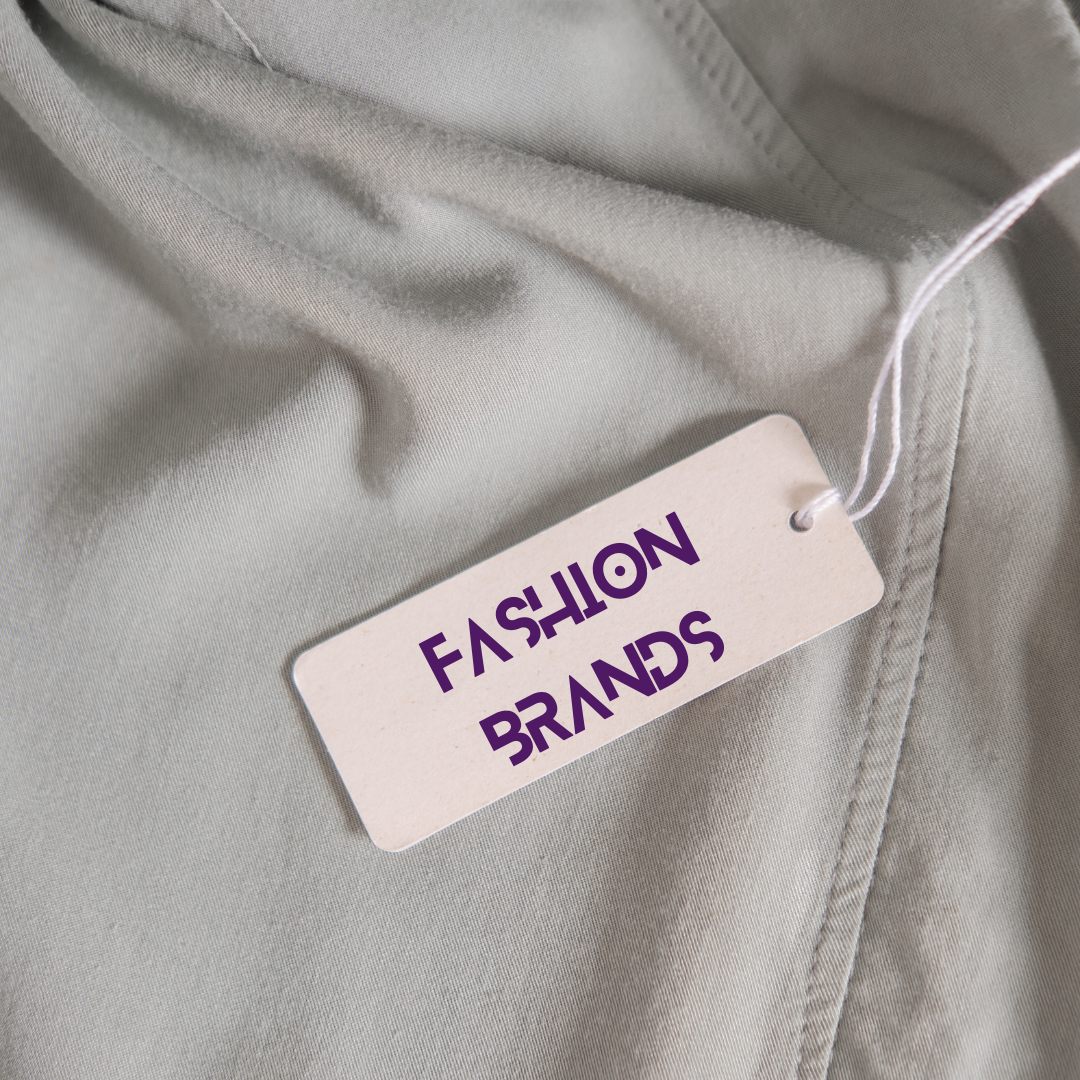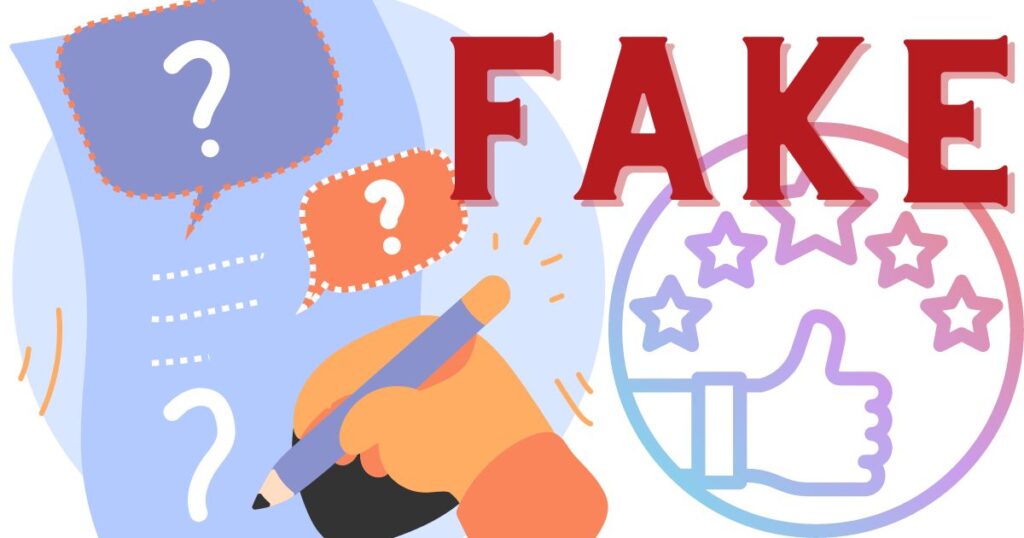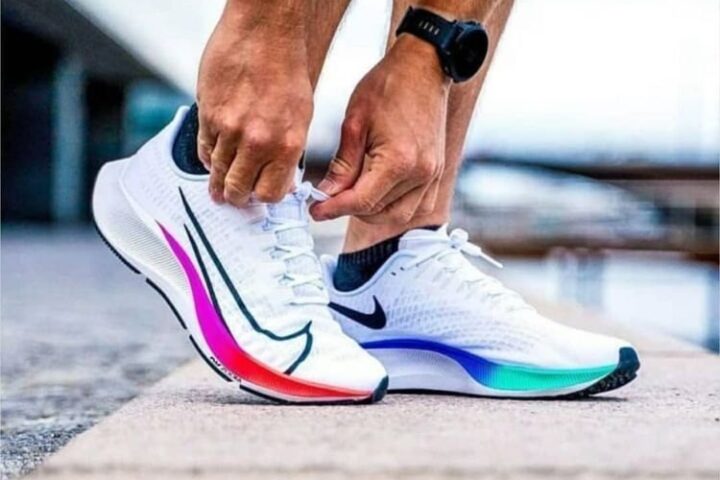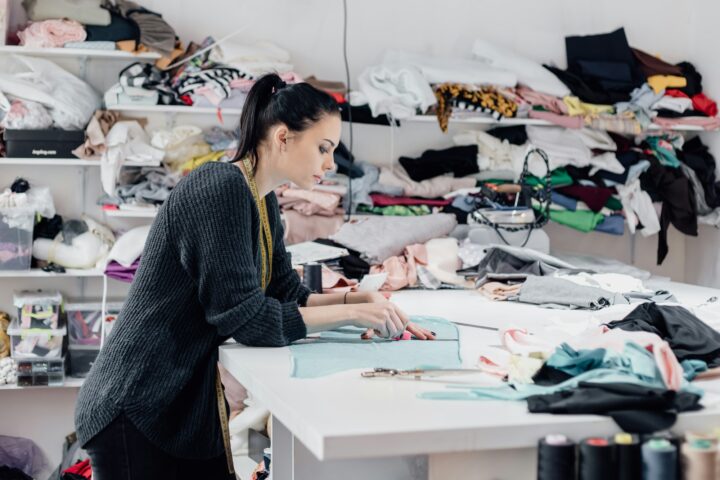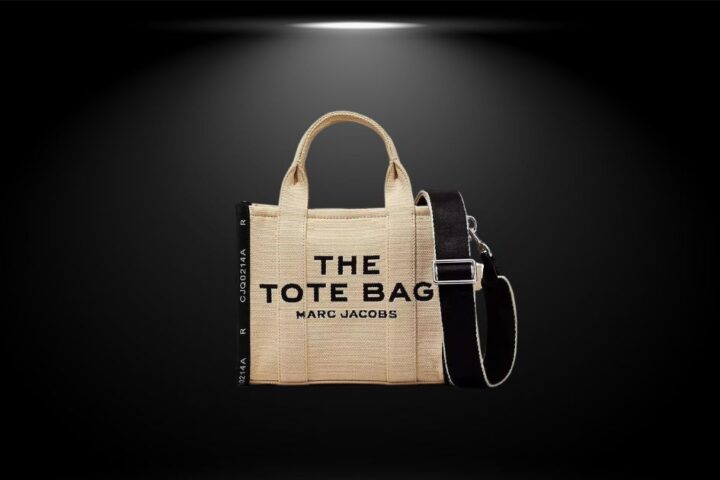“The Difference Between Style and Fashion is Quality”
– Giorgio Armani
Quality is a part of the formula for a well-established fashion brand. This paves the way to grow higher and at the same time uphold their status quo in the eyes of their consumers.
What are the major contrasts between the original and a counterfeit? The Quality.
But how do fashion houses maintain their quality while manufacturing in huge quantities all at the same time? It is through, Quality Control.
So, it is vital to understand that once a standard is established there needs to be a control for the same to ensure utmost customer satisfaction.
Quality Control is the process through which a business ensures that the quality of the manufactured product is maintained and if it needs improvement the same needs to be worked upon. This is one of the crucial ways a brand works towards perfection in its products. Once the brand’s Quality Control Inspector is satisfied with the standards of the product produced, it may proceed to the further stages of the production process, i.e., it may either go to the next stage of production or get shipped to the various locations.
Inspection is a tedious and vital facet of Quality Control as it involves the close examination of everything right from the fabric, button, sewing, thread, zippers, measurements, etc., scrutinizing if they meet the standards of the brand.
There are three types of inspection performed by the Quality Control Inspector namely:
- Components and Raw Material Inspection, Initial Production Inspection (IPI)-
This is the inspection which happens before the production stage, to check the quality of material input which will primarily establish the quality of the manufactured product. Therefore, paving way for the prevention of utilizing flawed or damaged raw materials which would be better than curing a poor output.
- Materials in Process, During Production Inspection (DPI/ DUPRO)-
This is the quality test which is undergone during the production process. This inspection reduces any form of defects by repairing them easily, therefore, saving costs of post-production repair.
- Finished Products, Final Production Inspection (FRI)-
The inspection takes place after the production process where the visual and feel of the product are checked along with other defects. This will minimize damaged products going onto the shelves by recognizing them early and correcting them if possible or discarding them if not. This will ensure a larger satisfied consumer base.
- Supplies in Storage, Cargo Container Loading Supervision (LS)-
The process of quality checking and its inspection does not end at manufacturing and will go on till the items reach their designated shelves in the stores. This form of inspection works towards the safe loading and shipping of the products while also ensuring no compromise in quality can be made during the process in terms of external forces that could possibly lead to damaging the products.
But this brings us to the primary question. How do brands ensure quality when they mass produce? The answer to that is through, the process of the Acceptable Quality Limit (AQL) Inspection Test. This method of inspection is performed where there is mass production, the inspector will pick one item at random from different batches over the production runs and check for defects. Based on the outcome, the batch will be accepted or rejected immediately. Post the AQL inspection, a shipment inspection certificate will be produced which will indicate that the products have met the quality standards.
On the flip side, brands that do not mass produce their clothing in small numbers or haute couture brands such as Chanel, Givenchy, Prada, etc. follow a careful inspection process where each and every element of their clothing is checked, tested and only then lands on their client’s frame. They do not mass produce so the AQL method is not necessary here. Rather than necessity, they cannot take the risk.
Each garment on the small-scale produced clothing line costs more than that of the mass-produced brands as their cost of production is high, likewise, their selling price higher too. With all of this kept in mind, they form the essential ingredients of luxury fashion.
If you are wondering, “Is this why they cost so much?”.
You are absolutely right! Quality and cost go hand in hand for various reasons.
Highly skilled quality inspectors are hired by the brand to make justice for the standards set and the price it is sold at. These inspectors take days to examine the clothing in fine detail right from the get-go ensuring 100% (if not more) quality is ensured for their clients.
Take a regular shirt for example, when a brand is mass producing or small scale, will check the following with intense detail, namely the:
- If the Sizing of the shirt and if the measurements match their standard size chart or to the client’s frame as per the order.
- If the Color is clear and uniform and there are no spots or fading.
- If the Fabric is bearing the right weight, and texture and does not appear too delicate or weak.
- If the Seams and Stitches are aligned according to the brand’s standards there are no loose threads or uneven methods followed.
- If there are any stains or marks visible on the product.
- If the fitting of the apparel is clean and appropriate to the standards or order.
- If the fabric is emitting any unpleasant smell of chemicals or dirt.
- If there are any unattended pins or needles which must be removed.
- If the brand’s packaging and labelling have any mismatch to the standards in terms of spelling or ink defects.
- If there is any pattern or line mismatch on the product altogether which could cause a very uneven appearance on the product giving it a very shabby finish.
Therefore, the role of an inspector in quality control is very important as they hold a high responsibility of maintaining the standards and stake of the brand in the market. When the consumers are paying for desired clothing, they must be done justice too in the form of quality, therefore, establishing or building goodwill among them.
Various debates come forth saying only the rich can afford high-quality clothing, however, do high-priced clothing and quality necessarily need to go hand in hand? Can mass-produced clothes still maintain quality to 100%?
Sources:
- AQL Calculator | Acceptable Quality Limit | AQL Table | AQL Chart
- Quality Control Inspection in Garment Industry – Textile Learner
Author: Prath yusha Harish, a lady driven by the prayer, ‘The father, son and house of Gucci’ seeks a world where she has a firm that caters to both premium and budding fashion houses, dealing with cases in and outside the court. She is spirited, ambitious, logical and critical possessing a clinical approach to all she does. She believes in work being nothing short of perfect thereby providing maximum quality in outcome.
yusha Harish, a lady driven by the prayer, ‘The father, son and house of Gucci’ seeks a world where she has a firm that caters to both premium and budding fashion houses, dealing with cases in and outside the court. She is spirited, ambitious, logical and critical possessing a clinical approach to all she does. She believes in work being nothing short of perfect thereby providing maximum quality in outcome.


